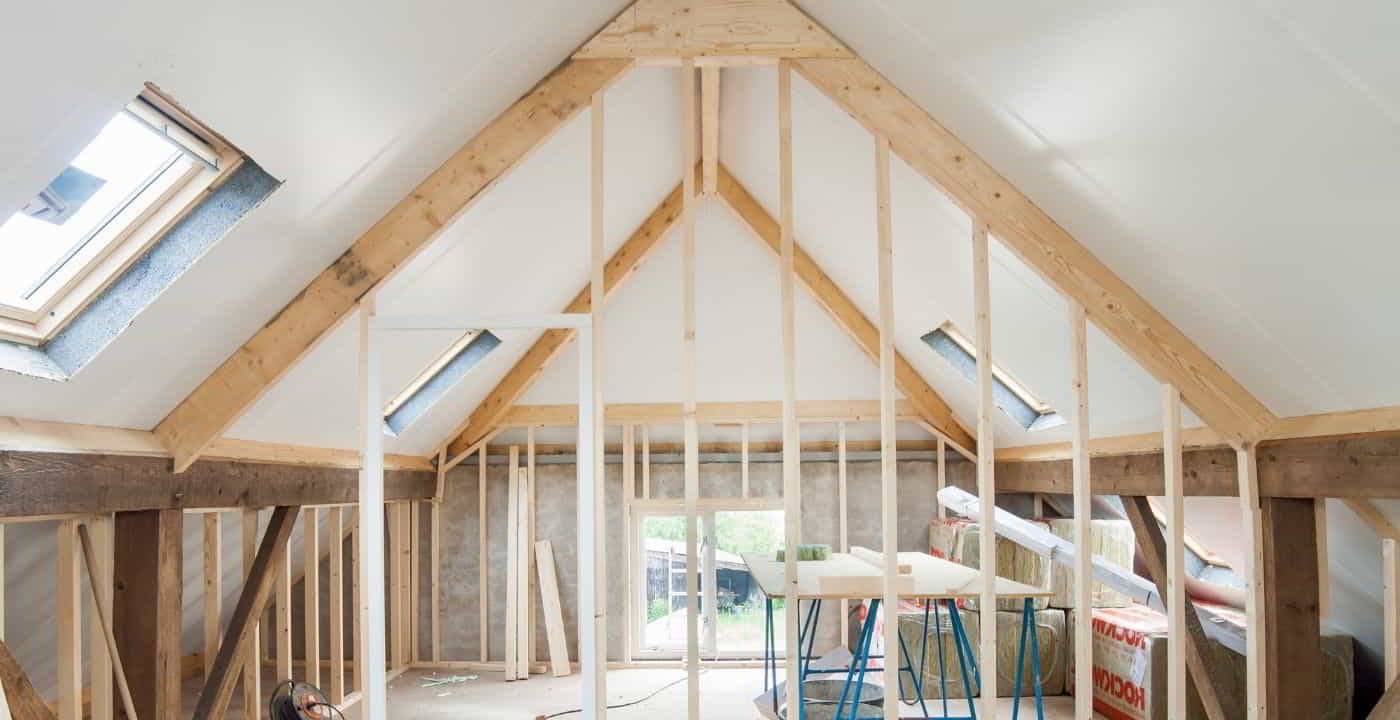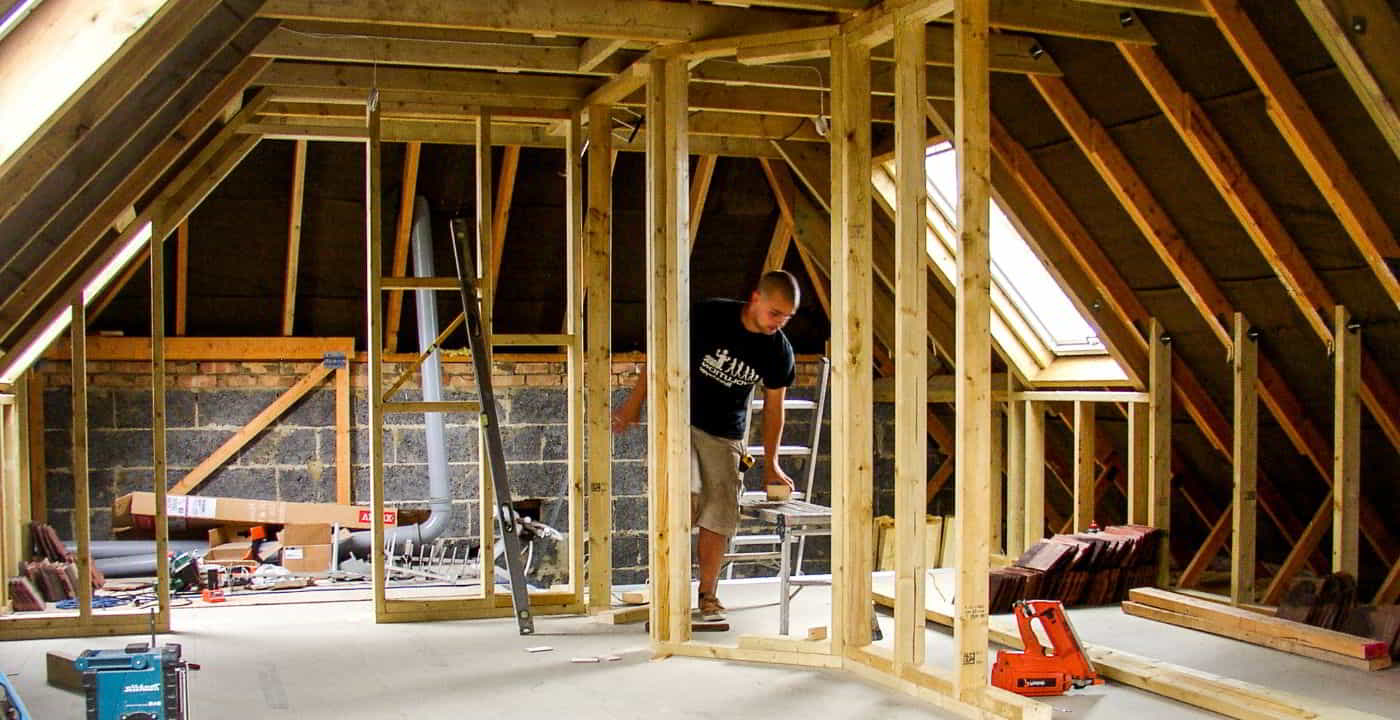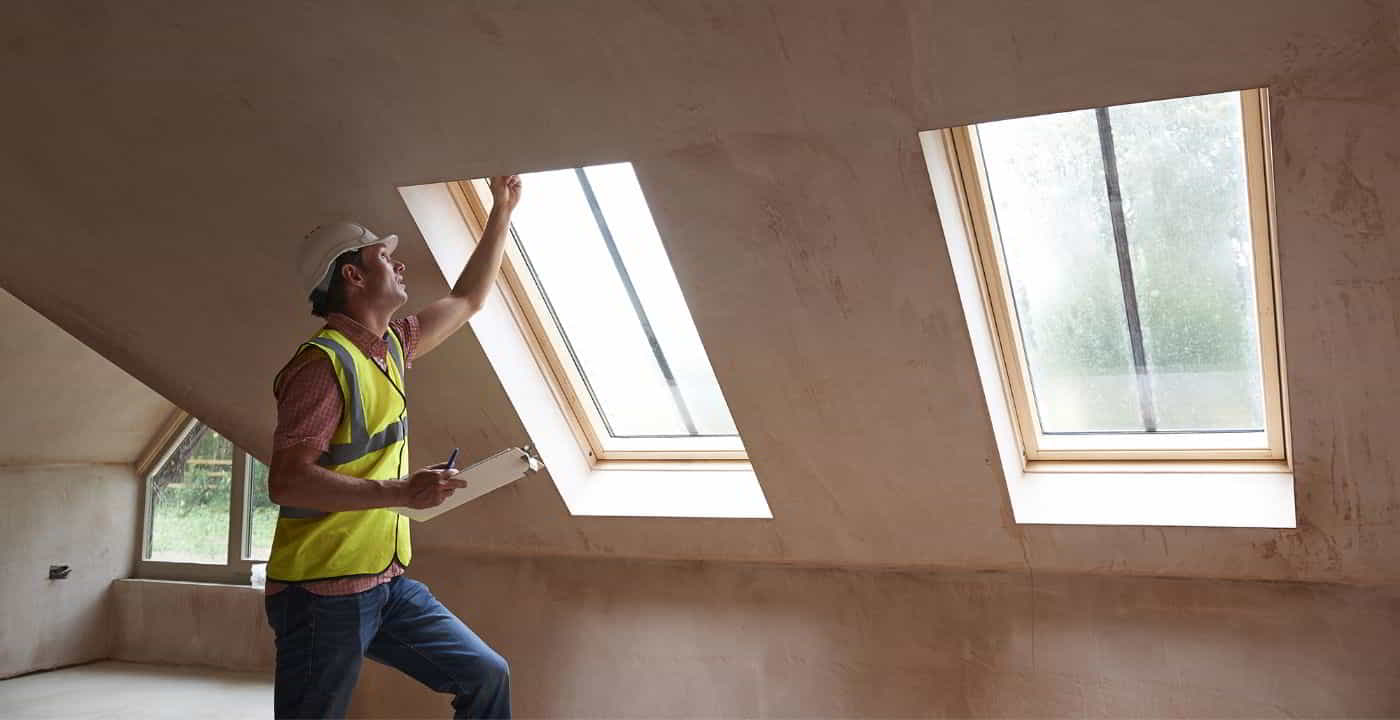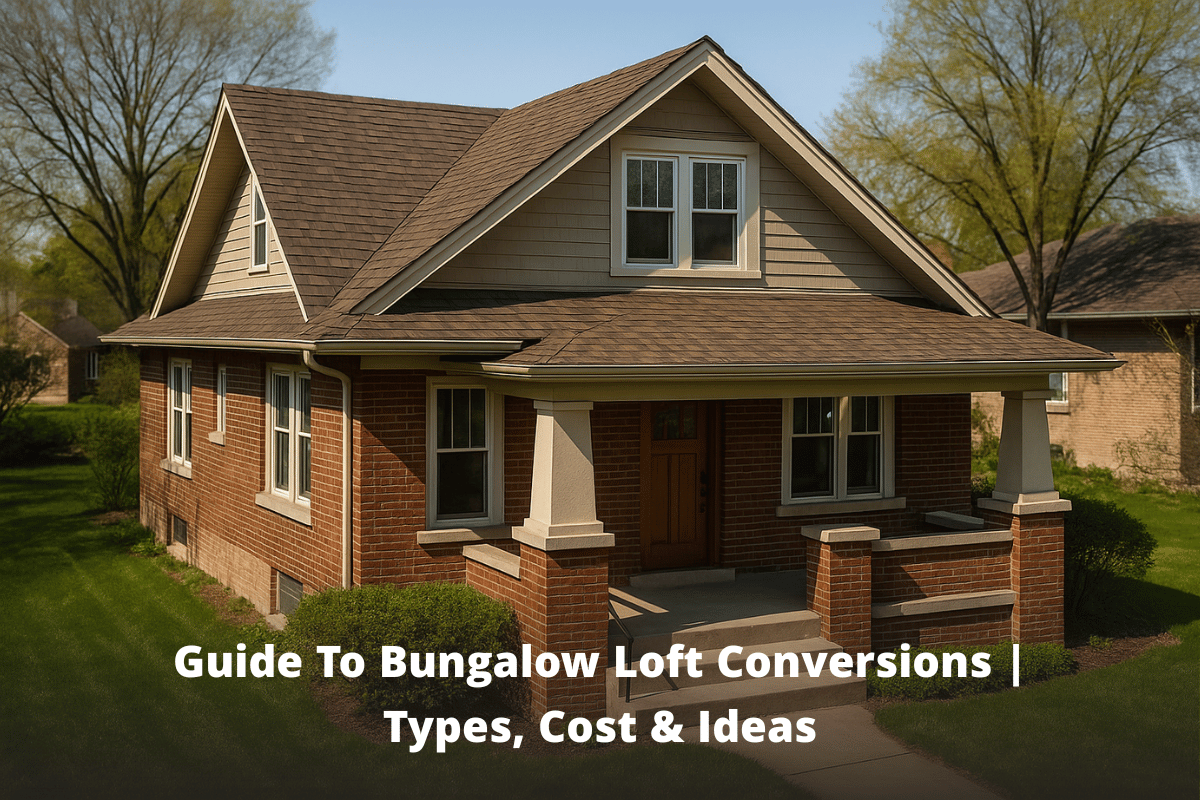
Often a place to store items we don’t use and could probably discard, lofts typically become a dumping ground within many homes, but this vast space could be put to much better use.
Converting your loft into an extra room could not only increase the value of your home but also provide you with the increase in space needed to stave off a house move.
Whilst it can be disruptive, generally that disruption only lasts for a relatively short space of time, and you can enjoy the completed work for much longer after!
We’re here to give you the lowdown on how long loft conversions take and what you can expect during the process.
How Long Does it Take to Do a Loft Conversion?
On average, a loft conversion can take up to 8 weeks to complete, but this can vary. The length of time a loft conversion takes will depend on several factors that include:
- The condition of the loft
- The type of conversion you require, for example, a standard or dormer.
- The size of the loft
- The finished style you want
Types of Loft Conversion and their Timeframes

There are several types of loft conversion and the one you choose can alter the timescale. Here we look at the most common conversions and the time they take to complete:
Standard
Standard and shell loft conversions are relatively simple undertakings that shouldn’t take masses of time. It’s often quite a cost-effective way of converting a loft but isn’t always possible if the condition of your attic isn’t great to begin with. It should take around 4-6 weeks.
Velux
Velux loft conversions use Velux rooflight windows as they provide ample natural light and good levels of ventilation, whilst ensuring privacy at the same time. Typically, a Velux loft conversion will take around 4-6 weeks.
A dormer loft conversion is when a square-shaped structure is added to a pitched roof which creates more space within the newly created room. Opting for this style of loft conversion will require more work that is of a complex nature and, as such, you can expect your dormer loft conversion to take between 5-7 weeks.
A mansard conversion is not dissimilar to a dormer. Usually, it’s built at the back of a property with a horizontal roof and almost-vertical walls to create more space. On average, this will take around 7-8 weeks.

There are many different stages to the loft conversion process which contribute to the overall time it takes. Below, we’ve lain out what the stages of a loft conversion are so you can understand what to expect when undertaking your own:
Typically carried out by a builder, this is the first step of any loft conversion (after an over-the-phone consultation) as it’s important to ascertain the suitability of the space, take measurements, and identify any potential challenges that might lie therein.
Your construction company will be able to confirm whether your work requires planning permission, although most standard loft conversions and those with Velux are considered a permitted development. However, certain conversion types like dormer conversions, for instance, may on occasion require planning permissions.
Consult a surveyor or architect who can further verify the loft’s suitability for work and confirm that the building is structurally sound to hold the additional weight of a loft conversion.
Have the plans drawn up by the surveyor or architect. This will help you to understand your budget for the project and identify areas that can be cut back on. It is at this point of the loft conversion timeline that you should apply for planning permission (if it’s required) as this can take as long as 13 weeks for a decision.
Once you are ready to start the building work, the first step is to clear out the loft, including any hot water tanks or chimney stacks to ensure there is enough space for the work to be carried out.
Ask an electrician to assess the wiring and work that will need to be carried out to ensure your loft conversion has power
Insulation will need to be laid with any spaces between joists filled, then the floorboards can be screwed into place.
Rafter reinforcements can begin now. This involves the safe removal of collars, struts and purlins.
If you are having a dormer conversion, it is at this point that it would be fitted.
If you’re having a dormer extension, they will now be tiled and cladded with soffit vents added. At this stage, the windows in the dormer openings can also be installed.
Insulation will be placed in between the rafters. A gap will be left in between the roofing felt and insulation for ventilation.
Whilst the plasterboard is being attached, a quilt will be placed in between the studs for the partition walls. Wall plates will then be fitted between the studs to ensure it is secure enough for radiators.
Any water supplies required – if there’s an ensuite being fitted, for instance – can be connected, as well as the central heating.
The end is in sight now as plasterboard can be attached to the stud walls and rafters with drywall screws. Skirtings can also be fitted.
Any finishing work (second fixes) can be done now, for example, connecting electrical fixtures and final plumbing jobs.
Of course, this isn’t an exact science and sometimes building work comes across unexpected challenges. Often these are factored in but, on occasion, the solutions take longer than anticipated.
Some common delays include:
- Delays at the planning permission office
- Wanting to change the design
- If your first-floor ceilings need lowering
- Weather
- Wasp nests
- Bats
If you feel you’re lacking in space but don’t want to move homes, then a loft conversion offers the ideal solution. Don’t be put off by how long a loft conversion takes, as this is a relatively short process that causes minimal disruption; and you don’t even need to move out during a loft conversion. You stand to speed up the loft conversion process by using an all-in-one service such as ourselves to carry out your conversion works, so get in touch today!




